I’m in Santa Clara for the week, meeting and planning for the next year with my colleagues at the new gig. In order to be here bright and early on Monday morning, I flew in Sunday late morning (when the only non-stop flight between the Bay Area and RDU arrives).
This left me with most of a day to myself, so I went to the Computer History Museum for a couple of hours.
I think it’s reasonable for me to say that I was acquainted with much of the information they cover there–I’ve read a lot about the history of computing over the years–but, unsurprisingly, I hadn’t ever had a chance to see a lot of it; even the section at the Smithsonian for computing only has a small number of (admittedly, very significant) machines.
So yeah, that was a hell of a lot of fun. Never doubt that I’m a geek.
The silliest thing I think I saw was probably the ashtray in a Project SAGE workstation: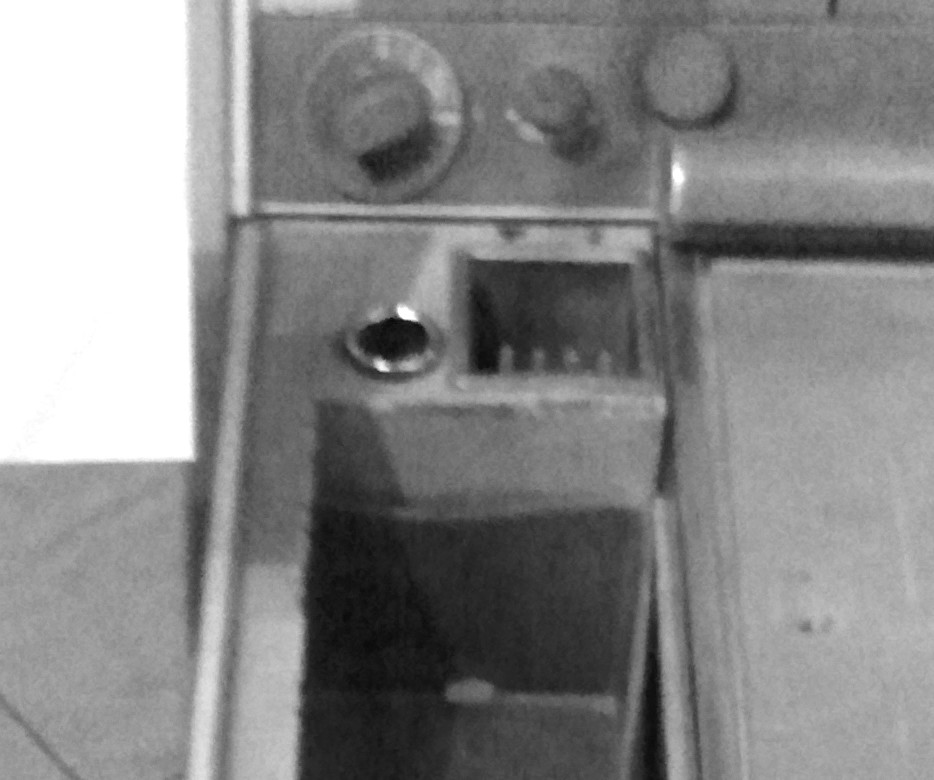
The Mad Men era of computing
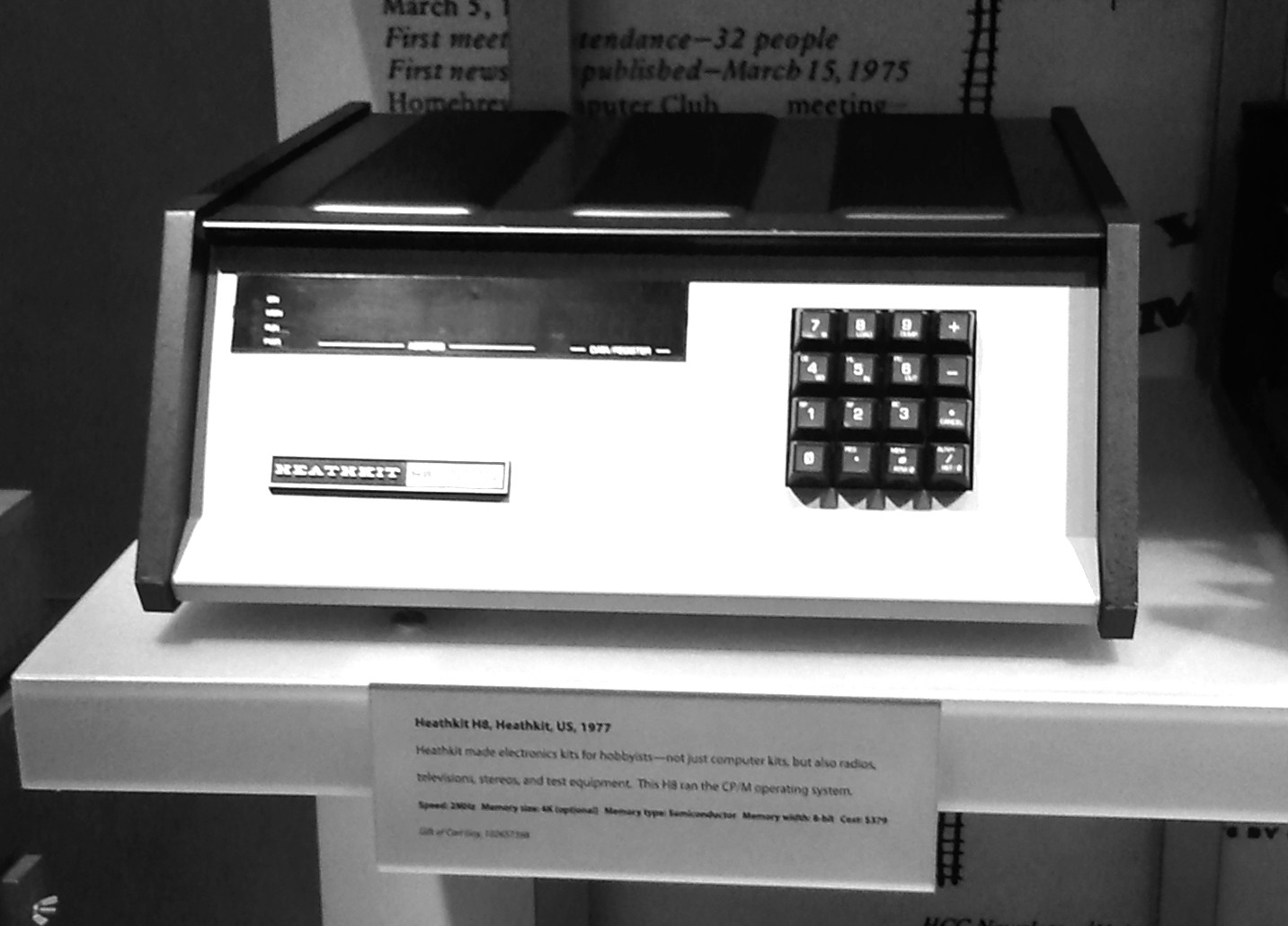
The Heathkit H-8 in all its glory
During my pre-teen years, I had the sequence you had to type into the hex keypad embedded deep in my muscle memory. I did some spelunking around, and found a page that references it, but I think the person who wrote that up is using a more recent/hacked ROM, so it’s a little different from what I used to do.
Or, perhaps more accurately, My Real First Computer: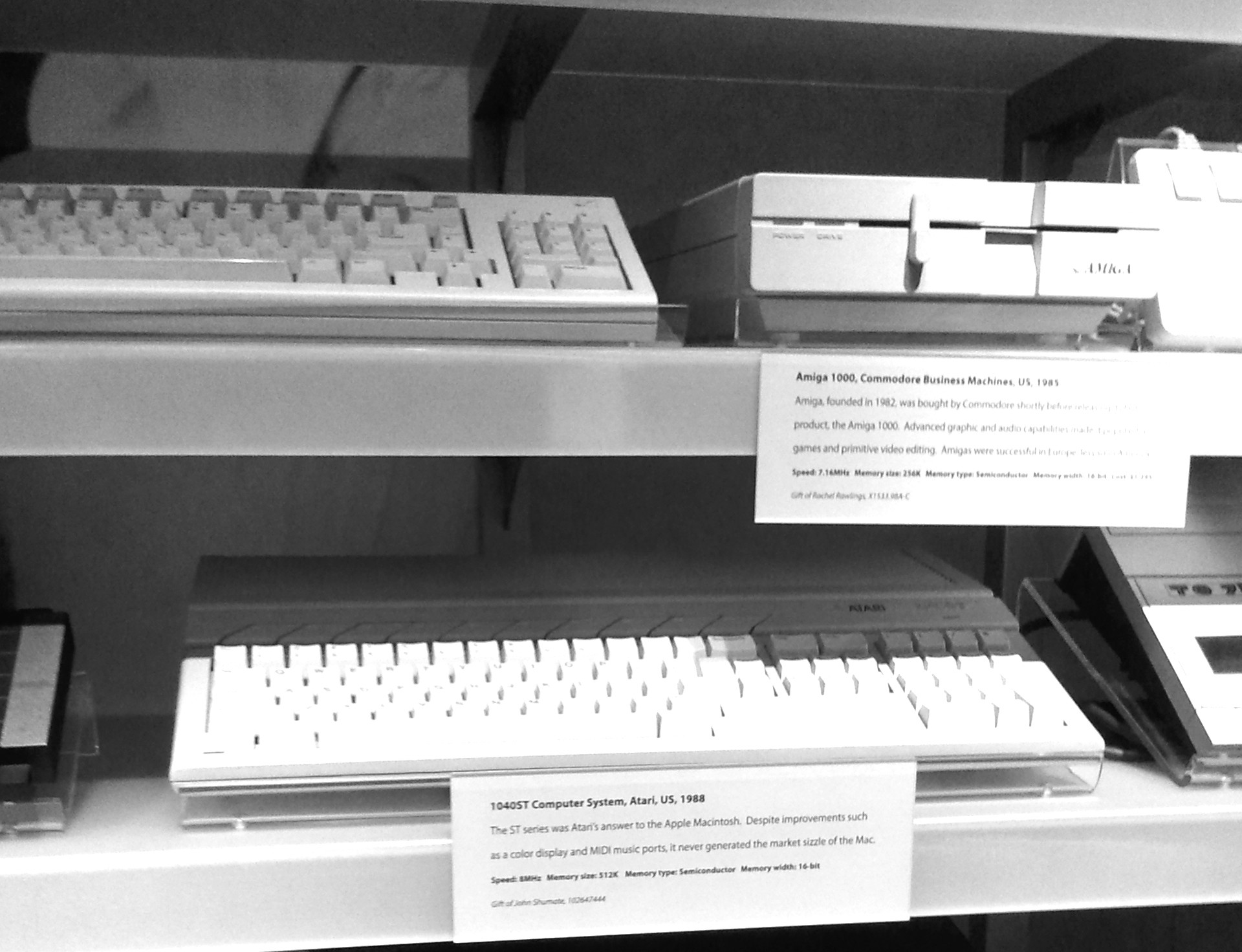
Atari ST, how I enjoyed thee
The computer on which I first programmed in something other than BASIC (Forth, Modula-2, C).
The computer that introduced me to the Free Software community in which I am still deeply involved–I first used gcc and even g++ on this machine. I learned Emacs (admittedly, microEmacs) on it. I used a bash-like shell.
It is my impression that the Amiga community didn’t establish quite such strong ties to the unix-oriented Free Software community, so I’m actually profoundly grateful that I ended up with what was probably the less powerful, less idiosyncratic machine–it set me on the course I’m still heading down today.
Having shown the H-8, let me show the H-1, it’s analog predecessor: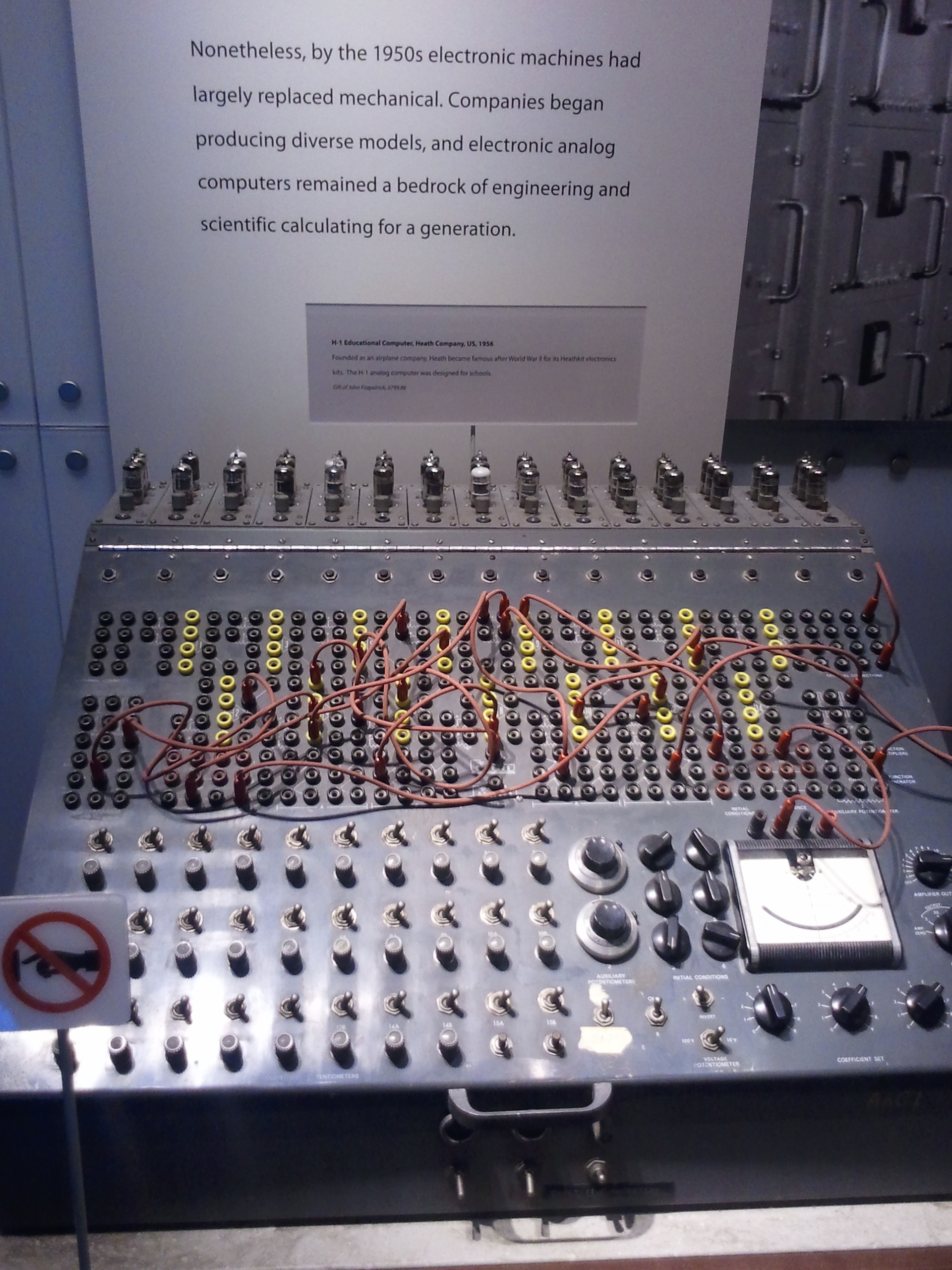
“Analog computing” will always sound weird to me
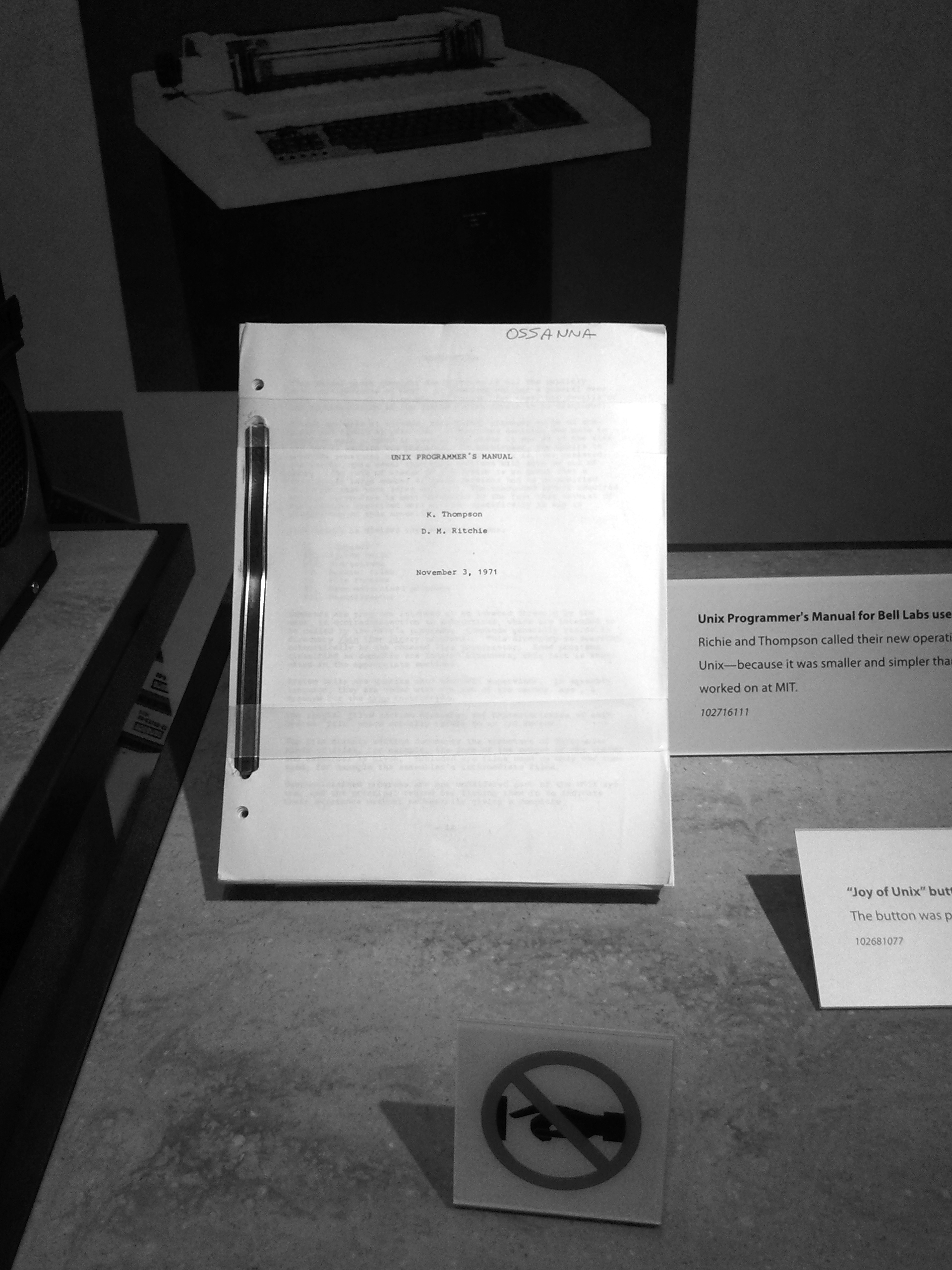
Raise your hand if you know who Joe Ossanna was
One of the things that distinguished Unix from many other contemporary systems was having fairly comprehensive on-line documentation, addressable with the man command.
One of the things that enabled this was having a markup system that could drive both printers and text output. This evolved out of the roff system that Joe Ossanna wrote, and then rewrote as nroff (new roff) and finally troff. And then he passed away at a relatively young age.
So not only was this a manual from one of the predecessors of the OS on which I’m writing this, it belonged to the person wrote the language in which it was presented, who never got the opportunity to see how this system, Unix, that he helped bring into existence, would eventually become wildly successful and still relevant 40 years later.